I want to understand what a comment means, and I couldn't ask in a comment. In this question, someone asked why use an op-amp with a photodiode rather than just a resistor. The answers and comments were great, and in a particular a comment by @john-doty said, "For further improvement, put negative bias on the diode's anode. This reduces the capacitance while providing a stronger field to sweep carriers out of the depletion, for better speed and linearity. – John Doty Jul 17 at 14:52"
Would someone please expand on that? Specifically, what changes to the circuit schematic does this imply, and what does "... providing a stronger field to sweep carriers out of the depletion ..." mean? I have taken college physics, so please dig right in. I want to understand what's going on so that I can fine-tune with less guessing.
Thank you!
